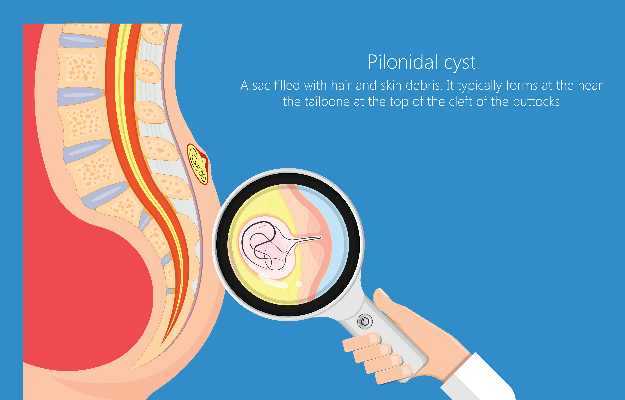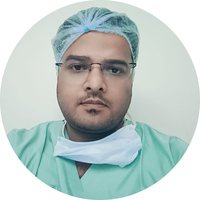A pilonidal cyst is a sac that forms around a hair follicle. It is typically located near the buttocks of an individual. Various factors including age, gender, lifestyle, etc. are responsible for the formation of the cyst.
The cyst is painful and can develop complications. Hence, it needs to be treated. Despite treatment, these cysts are known to recur.

 Doctors for Pilonidal Cyst
Doctors for Pilonidal Cyst 












































